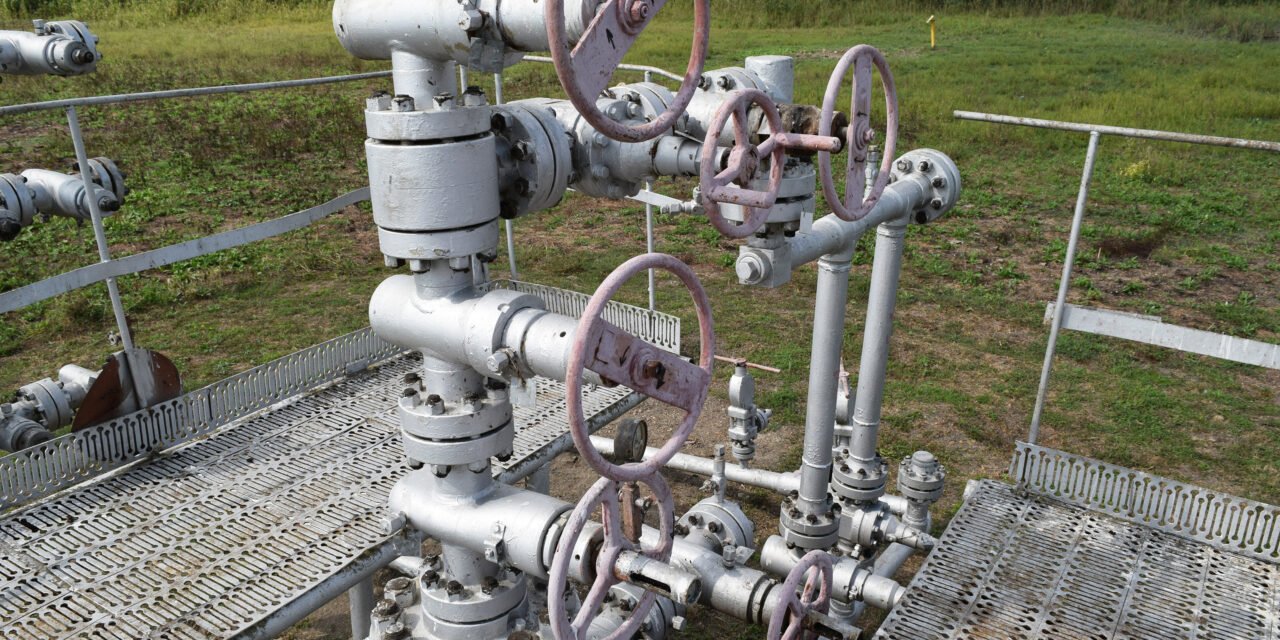Bitcoin mining is a crucial process that adds new transactions to the blockchain. It requires specialized hardware and software due to its complex mathematical problems demand for computational power. In this guide we’ll cover everything you need to know about Bitcoin mining from basics up until maximizing profits through pools or cloud mining options available today.
Bitcoin Mining – A Beginner’s Guide
Bitcoin’s success relies heavily on its ability to maintain security and integrity throughout all transactions. This is achieved through mining which involves verifying each transaction broadcasted across the network by competitive miners who solve cryptographic puzzles in order create new blocks added onto the blockchain while earning newly minted bitcoins as a reward for their efforts. The importance of this process cannot be overstated since it ensures that every single transaction conducted via Bitcoin remains secure from fraudulent activity or manipulation. Without such measures taken place regularly within the system, trust would quickly erode among users leading towards widespread adoption decline ultimately causing irreparable damage to what has become one of todays most popular digital currencies worldwide. Therefore we can see how crucial mining truly is when considering why people continue choosing Bitcoin despite any potential drawbacks associated with using decentralized technology like this one offers compared against traditional financial institutions.
Bitcoin Mining – What It Is
Bitcoin mining involves utilizing powerful computers or ASIC machines to solve intricate mathematical equations that validate transactions and add them onto the blockchain. This process requires substantial amounts of processing power consumption, leading miners being rewarded with newly minted bitcoins as well as transaction fees paid by users.
Understanding Bitcoin Mining
To grasp the intricacies of Bitcoin mining, we must first dissect it into three fundamental steps:
Whenever someone sends Bitcoin to another person the transaction is broadcasted across the entire network. Miners play a crucial role in verifying these transactions by ensuring that they meet specific criteria such as having adequate funds and not being double spent. This process helps maintain transparency within the system while preventing fraudulent activity from occurring.
The validation process for transactions involves adding them to a block along with an exclusive code known as the hash. This unique identifier serves as evidence that confirms proper verification of said block. The hash plays a crucial role in ensuring accuracy and security throughout this process.
In order to create a new block within the cryptocurrency network miners must tackle an intricate puzzle known as SHA-256. This challenge involves finding a specific number that can be multiplied by itself resulting in another value altogether. The difficulty level of this task is adjusted every two weeks based on how many people are participating at any given time – making it either more or less challenging depending on circumstances. With so much riding on its success solving this conundrum has become one of the most important aspects for anyone looking to make their mark in crypto!
Understanding Blockchain Technology
Bitcoin mining relies on blockchain technology as its foundation. This decentralized ledger records every transaction made across the network in individual blocks that cannot be altered once added to the chain without affecting subsequent ones too – making it both secure and tamper proof against any attempts at modification by hackers or other malicious actors who would need consensus among a majority of nodes beforehand if they were successful in doing so!
Selecting the Best Hardware for Your Needs
The choice of hardware is critical when starting out with Bitcoin mining. There are several options available such as graphics cards (GPUs), application specific integrated circuits (ASICs) and cloud mining services. Initially GPUs were used for this purpose but have become less effective due to their high energy consumption compared to ASICs which offer higher hash rates by solving more problems per second than GPUs can handle. Cloud mining allows users to rent equipment hosted elsewhere eliminating the need for expensive purchases or maintenance costs associated with owning physical hardware. Therefore, selecting appropriate technology will determine success in cryptocurrency mining endeavors.
How To Set Up Your Bitcoin Miner
Setting up your Bitcoin miner is a straightforward process once you’ve chosen the hardware that suits your needs. You will need to download and configure software such as CGminer or BFGMiner before joining an appropriate pool for maximum efficiency in earning rewards proportionally with other participants who have pooled their resources together through this platform. The benefits of working collectively cannot be overstated when it comes to maximizing profits from cryptocurrency transactions!
What Hash Rates Mean and How They Affect Power Consumption
The speed at which miners can solve cryptographic puzzles is known as hash rate. This metric measures the processing power of a miner in megahashes per second (MH/s). A higher hash rate means faster solution times and better odds for creating new blocks but also leads to increased electricity consumption resulting in costlier bills.
Profiting from Pools and Cloud Mining
Mining can be a lucrative venture but it also comes with its fair share of challenges. One way to overcome these obstacles is by joining forces through pool mining. This approach allows you to work alongside other miners and reduce variance in earnings caused by fluctuations in difficulty levels. Another option that offers convenience without sacrificing profitability is cloud mining which eliminates the need for expensive hardware purchases or maintenance costs. With both options available at your disposal why not take advantage?
Bitcoin Mining Safety Tips
Mining Bitcoins can be a lucrative endeavor but it also comes with its share of risks. Hardware failures, loss of private keys and malicious attacks are just some examples that could derail your efforts if not properly managed. To minimize these threats take proactive measures such as backing up your wallet regularly using strong passwords while keeping viruses at bay on all devices used for mining activities.
Bitcoin Mining Tips – How To Be Successful
Bitcoin mining can be a lucrative venture but it requires careful planning and attention to detail. By following best practices such as selecting the right hardware, joining pools optimizing settings taking necessary safety measures you increase your chances of success and profitability in this field.







